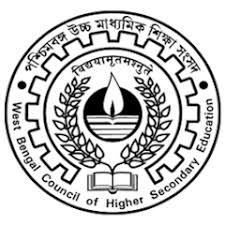Understanding WBCHSE: The West Bengal Council of Higher Secondary Education

Introduction to WBCHSE
The West Bengal Council of Higher Secondary Education (WBCHSE) is a crucial body set up by the Government of West Bengal to regulate and oversee higher secondary education in the state. Established in 1975, WBCHSE plays a pivotal role in ensuring that students receive a quality education during their critical final two years of schooling before entering college or university. This is particularly significant as higher secondary education forms a bridge between secondary education and higher education, influencing students’ career paths significantly.
Functions and Responsibilities of WBCHSE
WBCHSE is responsible for conducting the Higher Secondary Examination (HS) for students in the state who are enrolled in affiliated senior secondary schools. Every year, thousands of students take the HS examinations, which are crucial for their academic progression. Apart from examination administration, the council is also tasked with developing syllabi, guiding schools, and promoting educational research. It aims to enhance the overall quality of higher secondary education through various initiatives, such as teacher training programs and curriculum updates.
Recent Developments and Current Affairs
In the backdrop of the pandemic, WBCHSE has adapted its assessment methods to ensure the safety and wellbeing of students. In 2021, due to COVID-19, the council introduced alternative assessment methods, leading to the cancellation of offline examinations. Instead, students were assessed based on their internal marks and previous academic performance. This decision was met with mixed feedback but was primarily focused on maintaining students’ academic progress amid an unprecedented global crisis.
Upcoming Changes and Future Outlook
As we look towards the future, WBCHSE is committed to further enhancing the educational landscape of West Bengal. The council plans to implement new digital initiatives aimed at streamlining examination processes and making education more accessible. Efforts are also underway to bridge the gap between traditional teaching methods and modern educational practices, incorporating technology into the curriculum.
Conclusion
The significance of WBCHSE in shaping the future of West Bengal’s youth cannot be overstated. As the body continues to evolve and adapt to contemporary educational demands, it remains essential for students and educators alike to stay informed about the developments and opportunities provided by the council. With its focus on quality education and innovative approaches to learning, WBCHSE is paving the way for a brighter future for all students in the state.









